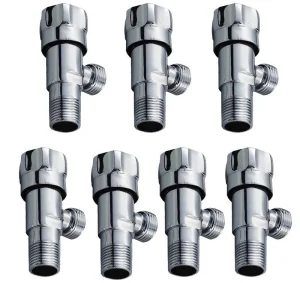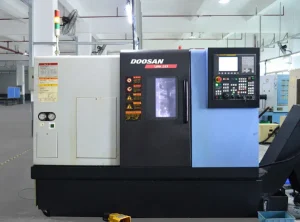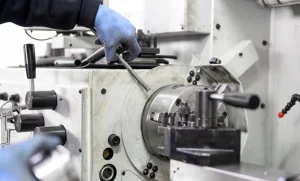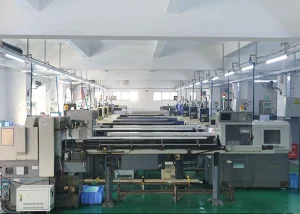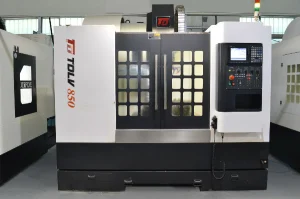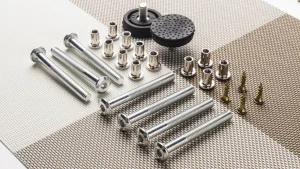In the arena of modern manufacturing, CNC machining services have long been a cornerstone of precision parts manufacturing. Tuttavia, as product designs become increasingly complex and require near-stringent requirements for precision, efficienza, and surface finish, traditional three-axis CNC machining gradually reveals its limitations: complex surfaces require multiple clamping and positioning, which is not only time-consuming and labor-intensive, but also easier to introduce cumulative errors; Machining deep cavities and steep sidewalls often becomes an insurmountable challenge.
At this time, five-axis machining technology, with its strong flexibility and excellent machining capabilities, has become the key to breaking through the bottleneck. What is 5-axis linkage? In simple terms, it is based on the traditional three linear axes of motion, with two additional axes of rotation (commonly known as A, B, or C axes). This allows the tool to approach the workpiece at an almost infinite angle, achieving true three-dimensional machining.
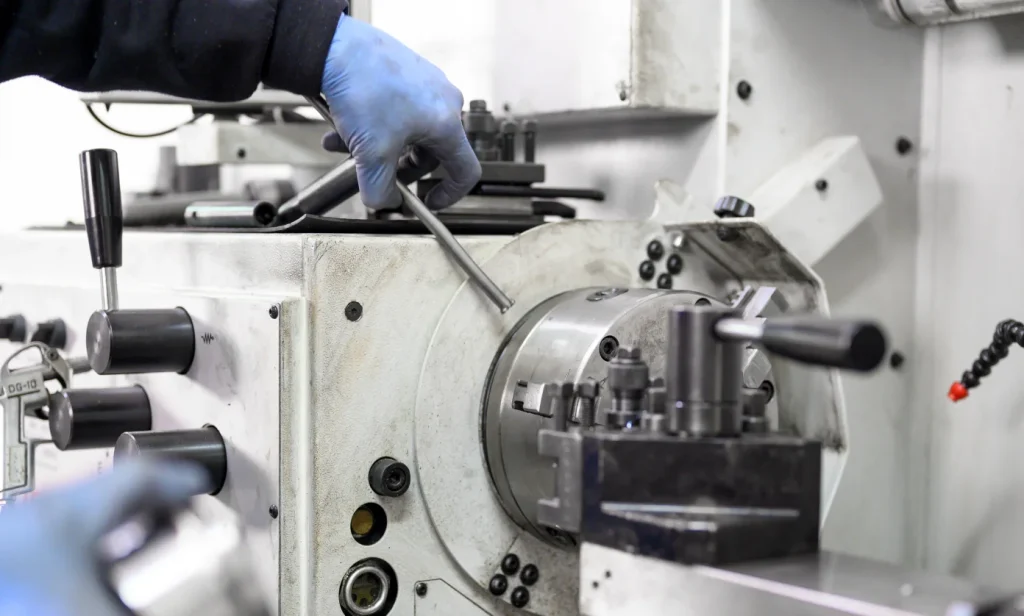
The core advantages of 5-axis technology are the revolutionary changes it brings:
1. Conqueror of complex geometries in one place: This is the most shining aura of the five axes. Whether it’s the complex aerodynamic surfaces of aerospace engine blades or the precise structure of bionic bones in medical devices, 5-axis machines can do most or all of them in a single clamping. This completely eliminates positioning errors caused by multiple clamping sessions, significantly improving overall accuracy and consistency.
2. Efficiency Leap and Cost Optimization: “One-time clamping” is not just about precision but also directly drives efficiency leaps. Eliminates a lot of time for repeated positioning and fixture changes, shortens the process flow, and significantly improves machine tool utilization. At the same time, reducing the number of clamping times also means less manual intervention, lower fixture costs and fewer management links, and the overall cost is optimized.
3. Win-Win for Tool Efficiency and Surface Accuracy: 5-axis machining allows for maintaining the optimal cutting angle of the tool at all times (e.g., using shorter tools and optimizing tip contact), significantly improving cutting efficiency, reducing tool vibration, and extending tool life. At the same time, by using side milling (using tool side edges) instead of traditional end milling to process curved surfaces, better surface finish and higher profile accuracy can be obtained.
4. “Pass” for deep cavities and interference areas: For areas where there are deep cavities, internal characteristics, or the structure of the workpiece itself is prone to interference between the tool and the fixture/workpiece, the five-axis machine tool can easily find the best machining path by flexibly adjusting the tool orientation and complete the machining tasks that are difficult or even impossible to complete with the three-axis machine tool.
The application field of 5-axis CNC machining services is the epitome of high-end manufacturing:
Aerospaziale: Engine impellers, blades, complex structural parts, lightweight frames. The material is difficult to process, the shape is extremely complex, and the precision requirements are strict.
Precision molds: Automotive cover molds, precision injection molds, die casting molds. The cavity is complex, the surface requirements are extremely high, and the delivery time is tight.
Medical devices: artificial joints (acetabular cups, femoral stems), dental implants, complex surgical instruments. Biocompatible material processing, complex surfaces, and extremely high surface finish requirements.
Energy equipment: turbine blades (water turbine, gas turbine), complex valves, pump body. High temperature and high pressure resistant material, hydrodynamic surface.
High-end consumer goods: complex curved enclosures, precision optical device holders, high-end decorative parts. Pursue the unity of aesthetics and function.
When choosing a professional 5-axis CNC machining service provider, you need to pay attention to the following key points:
Technical strength: It has advanced five-axis linkage machining centers (brand, specification, accuracy level), mature CAM programming capabilities (especially complex tool path planning, collision detection) and a professional team of process engineers.
Experience Gain: Successful cases in specific industries (e.g., aerospace, medico) are the best proof of your ability to solve complex problems.
Quality Control System: Complete online testing equipment (such as high-precision probes) and strict quality management processes ensure high precision and consistency in complex parts.
Collaboration and Communication: Ability to understand complex design intents, provide manufacturing feasibility recommendations (DFMs), and maintain efficient and transparent project communication.
Comprehensive Service Capabilities: Do you provide full-process services from material procurement, Trattamento termico, surface treatment to final inspection?
Five-axis machining technology is not simply an “upgraded” three-axis machining, it represents a dimensional leap in precision manufacturing capabilities. It empowers CNC machining services to solve unprecedented and complex challenges, transforming the imagination of design engineers into achievable precision products. In the pursuit of lightweight, integrated, and high-performance modern manufacturing, five-axis machining is rapidly transforming from a high-end option that is “icing on the cake” to an “indispensable” core competitiveness. Embracing 5-axis technology means holding a key to unlocking the future in the race for precision manufacturing.

